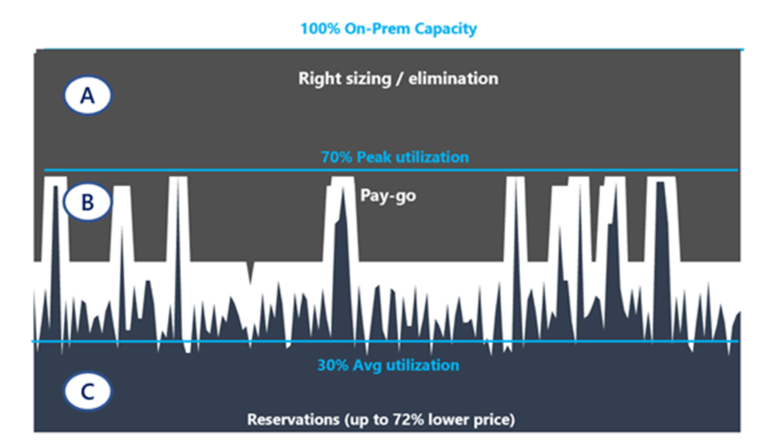
Fedora test days are events where anyone can help make sure changes in Fedora work well in an upcoming release. Fedora community members often participate, and the public is welcome at these events. If you’ve never contributed to Fedora before, this is a perfect way to get started.
There are two upcoming test days in the upcoming week. The first, starts on Monday 17 August through Monday 24 August, is to test the Kernel 5.8. Wednesday August 19, the test day is focusing on testing GNOME. Come and test with us to make the upcoming Fedora 33 even better. Read more below on how to do it.
Kernel test week
The kernel team is working on final integration for kernel 5.8. This version was just recently released and will arrive soon in Fedora. As a result, the Fedora kernel and QA teams have organized a test week for Monday, August 17 through Monday, August 24. Refer to the wiki page for links to the test images you’ll need to participate. This document clearly outlines the steps.
GNOME test day
GNOME is the default desktop environment for Fedora Workstation and thus for many Fedora users. As a part of the planned change the GNOME megaupdate will land on Fedora which then will be shipped with Fedora 33. To ensure that everything works fine The Workstation WG and QA team will have this test day for on Wednesday, August 19. Refer to the wiki page for links and resources to test the GNOME test day.
How do test days work?
A test day is an event where anyone can help make sure changes in Fedora work well in an upcoming release. Fedora community members often participate, and the public is welcome at these events. If you’ve never contributed before, this is a perfect way to get started.
To contribute, you only need to be able to download test materials (which include some large files) and then read and follow directions step by step.
Detailed information about both test days are on the wiki pages above. If you’re available on or around the days of the events, please do some testing and report your results.









